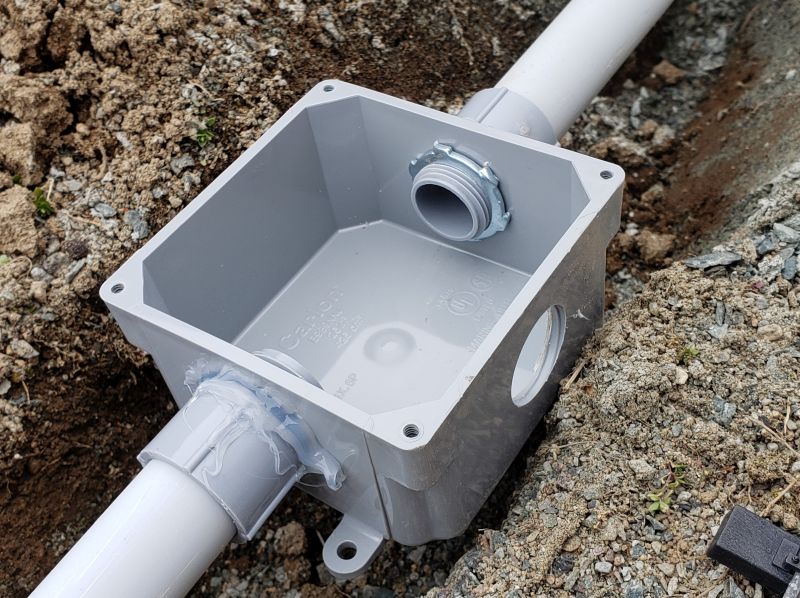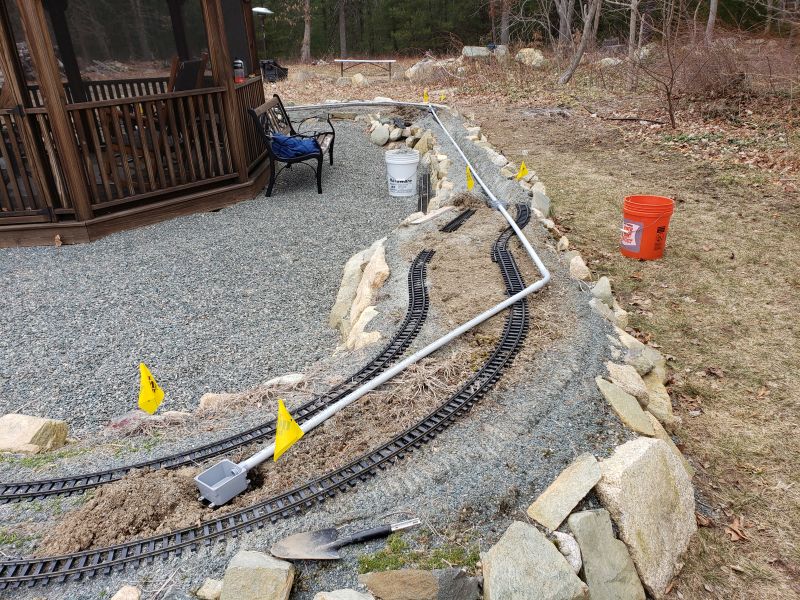I am in the process of adding a main bus and feeders to my railroad. I think I pretty much got the main bus connections figured out to keep water out of my junction boxes but was wondering how you all dealt with penetrating the junction boxes for the feeders. My plan is to use either #10 or #12 stranded wire for the main bus and #18 solid core thermostat wire for the feeders. I have an almost endless supply of #18/6 thermostat wire but could easily purchase #18/2. Which ever way I go there doesn’t seem to be a liquid tight connector for such a small diameter (or is there?)

Thank You-John




